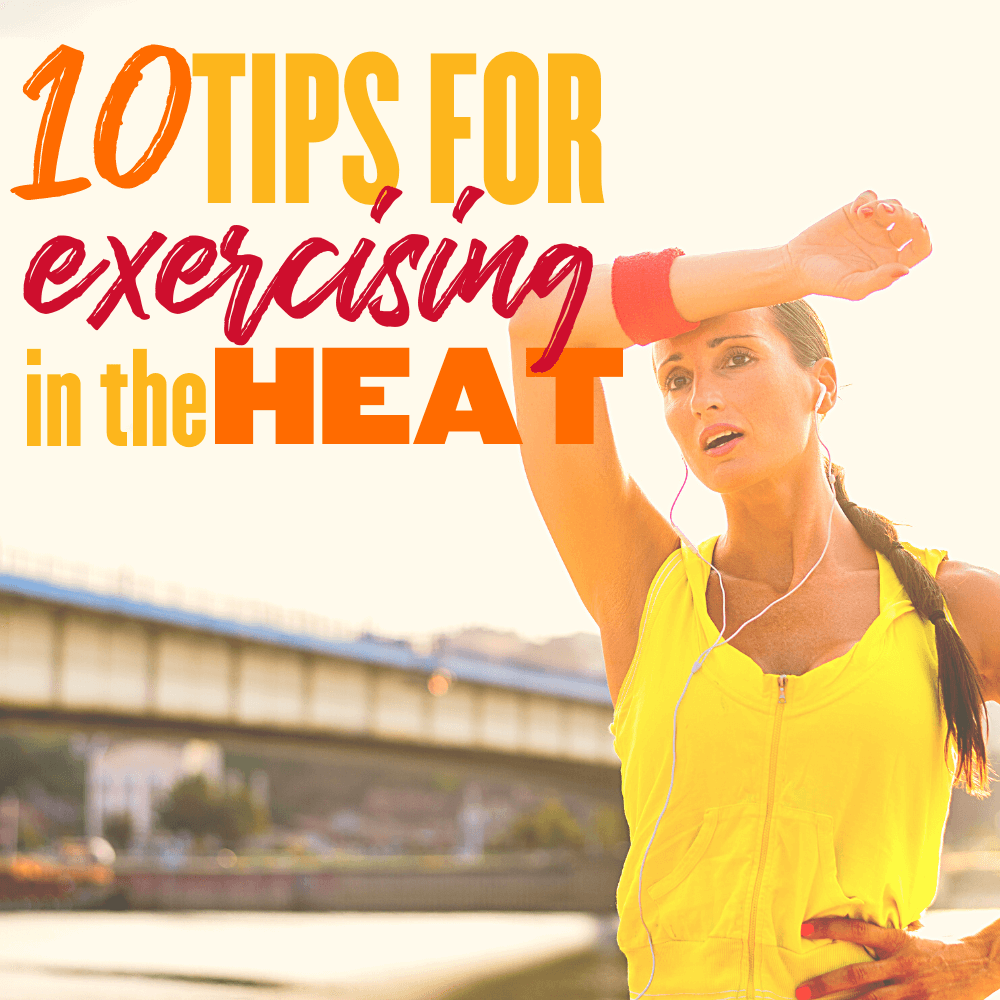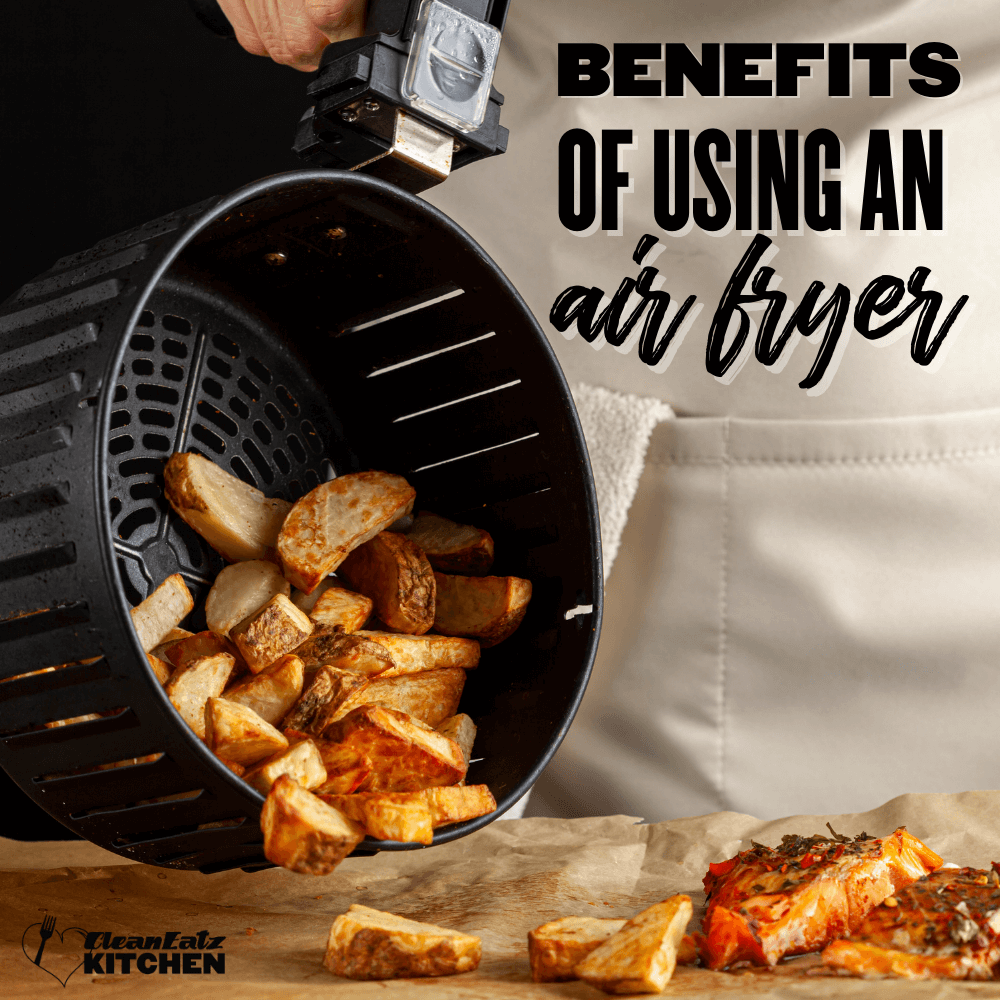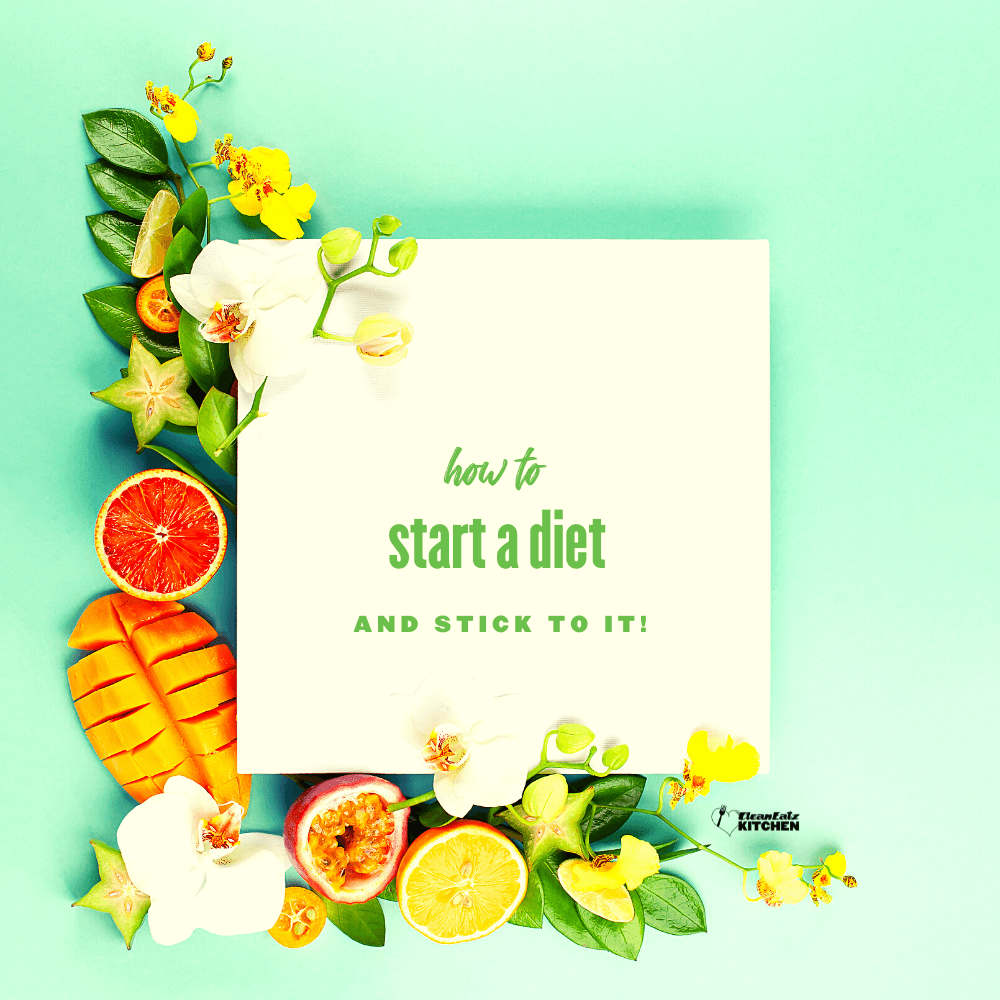
10 Tips for Hot Workout
Nutrition
6 minute read
Peak summer is upon us. In this article, we'll talk about 10 tips for hot workout to stay safe during hot sunny days.
First and foremost: If you have a medical condition and/or take prescription medications, do ask your physician if you need to take any additional precautions.
Tips For Hot Workouts
Engaging in workouts during hot weather can provide an additional challenge to your fitness routine, especially as influenced by current fitness trends. While it's important to stay active, particularly in line with the latest fitness trends, it's equally crucial to exercise safely and effectively in high temperatures. In this guide, we'll explore how to incorporate these fitness trends into your hot workouts while keeping your health and well-being a top priority. Whether you're following the latest fitness trends or sticking to traditional methods, these tips will help you stay on track with your fitness goals while staying cool and safe. Let's dive in!
Drink Up
Before, during, and after: You want to keep yourself cool and maintain your daily water intake! Hot weather increases our body temperature. Our body’s natural cooling system can start to fail if we’re exposed to these high temperatures for too long. The result may be heat exhaustion – that awful fatigue that makes you feel as if the next step could be your last. To keep cool and ensure you're staying adequately hydrated, drink plenty of water. Another great way to help rehydrate during a pause in your physical activity is to eat a piece of fruit, a dill pickle, or even carrots or celery sticks. The fruit and veggies will also help replace valuable electrolyte loss.
Take it Indoors
I know I know...this is the last thing you want to do when it's a perfect day - all sunshine and no clouds BUT you have to be smart when it comes to the heat index. Try out the indoor pool or some racquetball to switch things up.
Feeling Faint, Dizzy, or Sick
Sure, it kills you not to finish your workout. Pay heed to the heat. Listen to your body. If you’re feeling any of the following, find air-conditioned comfort fast: weakness, light-headedness, dizziness/paling of the skin, headache, muscle cramps, nausea, vomiting, or an abnormally rapid heartbeat.
Feel a Stroke
If you feel a stroke has happened to you or another, it's time to call 911. Move to a shady area, drink cool water, avoid alcohol or caffeine (in tea and soft drinks), apply ice packs under the armpits and groin, and fan until body temperature cools.
Darker-Colored Clothing
When exercising in the heat you should know that the dark colors absorb heat. Heavy and tight-fitted clothing can also make you heat up so choose to wear light, loose clothing to help keep you cool, and more air can circulate over your skin.
Ease Up
When exercising in the heat you should know when to ease up. Chances are, you won’t be able to exercise at the intensity you normally do if there are hot and humid climates, and that’s okay. If you normally run, walk or jog. If you walk, slow your pace. As your body adapts to the heat, gradually pick up the pace and length of your workout.
Don't Eat Right Before You Head Out
I thought your body needs fuel to move? It does! A light meal an hour before you're heading out is perfect. It takes blood and energy to your gut to digest the food and that makes more body heat — not what you want when you're already hot...so avoid the Chinese food, burgers, etc before a hot workout.
Protect your Skin
It's your body's cooling system: Wear sunshine, add a hat for the top of your head. The skin is an "amazing self-cooling apparatus. Your skin and tissues are incredibly designed to move warm blood away from your core to keep your vital organs cool. Any damage to your skin or the underlying tissue prevents your body from being able to air condition itself.
Switch Locations or Times of Day
One of the simplest ways to keep your body temperature at a reasonable level when you're exercising on a hot summer day is to go out earlier in the morning than you might in other seasons, or later in the evening when the air temperature is cooler. Midday sun can add as much as 20 degrees or more to the actual air temperature. You really have to be careful about that.
Heat-Friendly Exercise
Hiking and running are great workouts but when it gets hot, you want to do things your body can handle a bit easier in the heat. If the water is cool, swimming is a great choice on hot days and a good way to manage heat in general, because your body is stressed from heat even if you're not exercising. Indoor yoga is also a good alternative.
Final Thoughts
Exercising in hot weather puts extra stress on your body. If you don't take care when exercising in the heat, you risk serious illness. Both the exercise itself and the air temperature and humidity can increase your core body temperature. To help cool itself, your body sends more blood to circulate through your skin. So being aware and following the above steps will help you stay safe when you opt for an outside hot workout.
FAQ
Should I consult a healthcare professional before beginning hot workouts, especially if I have underlying health conditions?
It's a good idea, especially if you have underlying health issues. A healthcare professional can provide personalized advice, considering your health status, medications, and any potential risks in the context of hot workouts.
What's the recommended cool-down routine after a hot workout?
A proper cool-down is essential. Gradually decrease the intensity of your workout, allowing your heart rate to return to normal. Stretching can help relax your muscles and reduce post-workout soreness.
Should I use cooling products like towels or sprays during a hot workout?
Cooling accessories can be beneficial, especially in hot conditions. Damp towels, cooling sprays, or mists can help regulate your body temperature and provide relief. Use them as needed to stay comfortable.
Is it safe to exercise indoors without air conditioning during hot weather?
It depends on the indoor environment. If it's excessively hot or lacks proper ventilation, it may still pose risks. Ensure the indoor space is adequately cooled or consider alternatives like early morning or late evening workouts.
Related Articles
Find Your Motivation For Weight Loss
6 minute read
How to Start a Diet and Stick to It!
6 minute read



